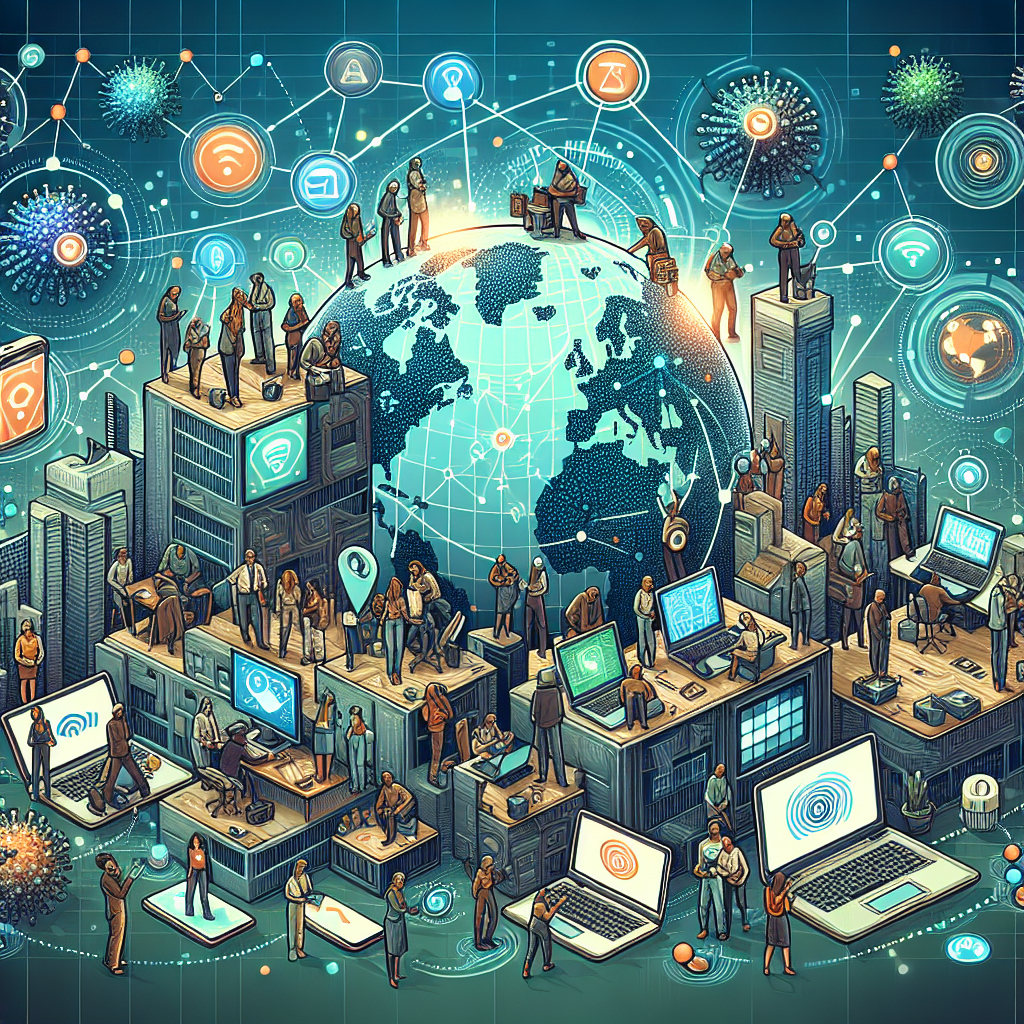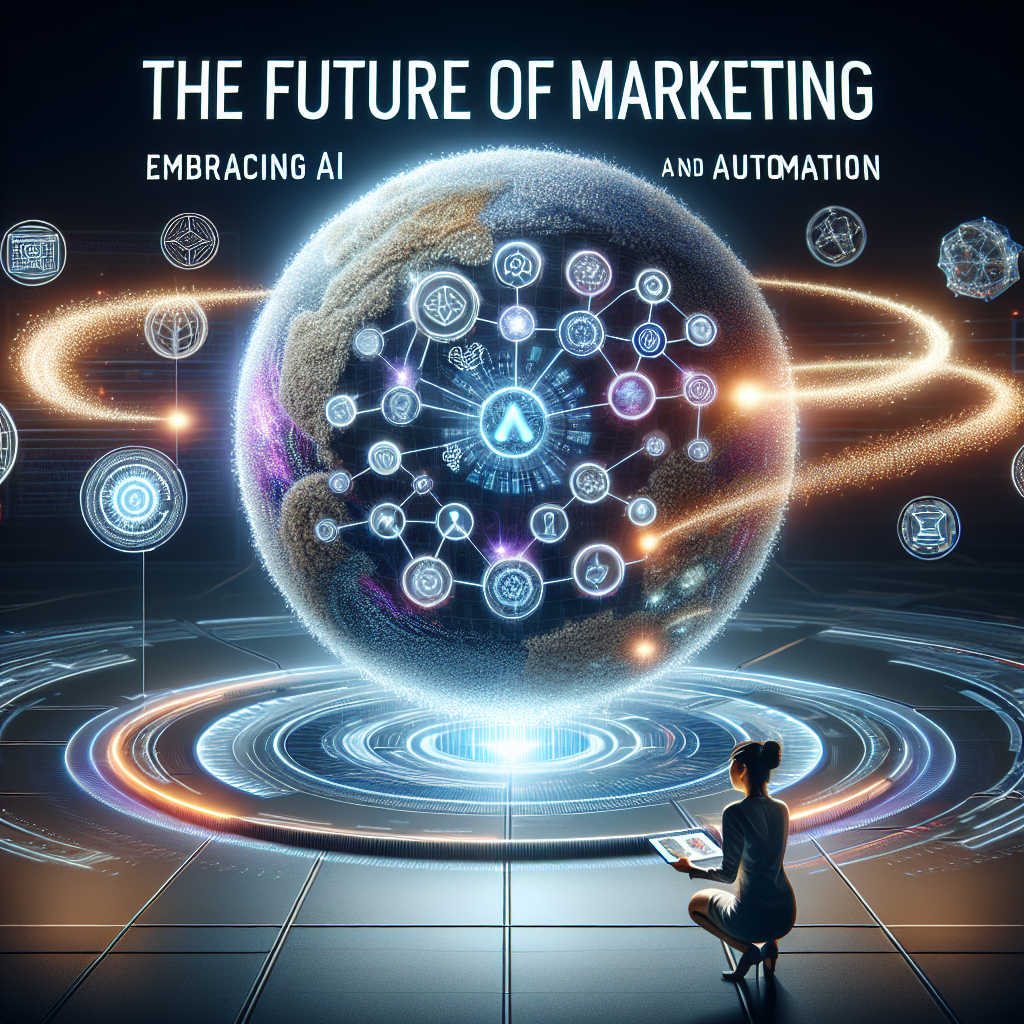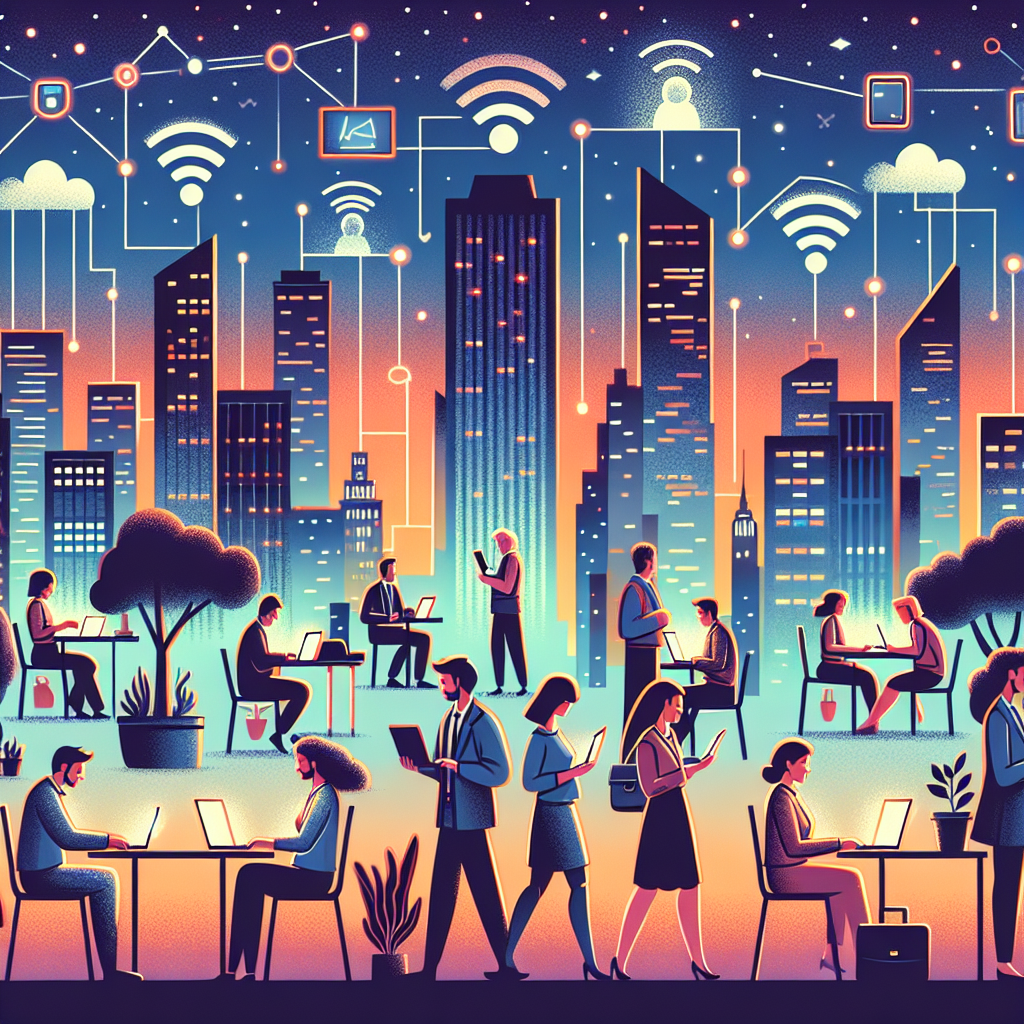Robots at Work: How Automation is Shaping Different Industries
The rapid advancement of technology over the last few decades has led to significant changes across various industries. At the forefront of this transformation is automation, powered by robotics and artificial intelligence (AI). Automation is not just a trend; it’s a revolution that is reshaping industries, impacting workforce dynamics, and redefining the concept of productivity and efficiency.
Manufacturing: The Pioneer of Automation
Manufacturing is perhaps the most illustrative example of automation’s impact. Robots have been part of this industry for decades, handling tasks that are too dangerous or monotonous for humans. From assembly lines in automotive factories to electronics manufacturing, robots excel in environments that demand precision and consistency.
The integration of AI and machine learning has taken robotic automation to new heights. Smart robots can adapt to different tasks, learn from errors, and communicate with each other to optimize assembly lines. This flexibility not only increases productivity but also decreases operational costs, allowing manufacturers to remain competitive in a globalized market.
Healthcare: Enhancing Precision and Care
In healthcare, robots are enhancing both surgical outcomes and patient care. Surgical robots, like the renowned da Vinci system, provide surgeons with precision that is impossible with the human hand alone. These robots have become instrumental in performing minimally invasive procedures, leading to faster recovery times and reduced risk of infection.
Moreover, automation is revolutionizing hospital operations. Robots are used for transporting supplies, disinfecting rooms using ultraviolet light, and even delivering medication. These applications allow healthcare professionals to dedicate more time to patient care, thus improving overall service quality.
Agriculture: Farming with Precision
Agriculture is experiencing a tech-driven transformation with the advent of robotic automation. From autonomous tractors to drones that monitor crop health, automation allows for precision farming techniques that optimize resource usage.
Robots are used for planting, watering, and harvesting crops, substantially increasing efficiency and yield. AI-driven software analyzes data from the field to predict weather patterns, pest infestations, and manage supply chains, turning farming into a high-tech industry poised to feed a growing global population sustainably.
Retail: The Seamless Shopping Experience
The retail industry is being reshaped by robots both in-store and throughout the supply chain. Automated warehouses powered by robotics systems manage inventory with speed and efficiency, enabling same-day delivery services that are rapidly becoming an industry standard.
In stores, robots help track inventory, assist customers, and even handle checkout processes. Automation enables retailers to minimize costs and enhance the shopping experience, essential in an era where e-commerce giants are the new norm.
Transportation: Driving into the Future
The transportation sector is perhaps among the most exciting in terms of automation potential. Autonomous vehicles promise to revolutionize not just commuting but entire logistics networks. Companies like Tesla, Waymo, and Ford are investing heavily in developing driverless cars and trucks that could drastically reduce the need for human drivers.
Smart transportation systems, enhanced by AI, are expected to improve traffic flow, reduce emissions, and shape the future of urban planning.
Hospitality: Robots at Your Service
In hospitality, robots are improving guest experiences by providing services ranging from room deliveries to concierge tasks. The capacity to work around the clock without tiring makes robots ideal for the 24/7 demands of the hotel industry.
AI-driven chatbots are also transforming customer service, offering real-time assistance to guests and handling inquiries efficiently. Automation in hospitality not only reduces labor costs but also enhances the quality of service, crucial for maintaining competitive advantage in the industry.
The Workforce: Adapting to Change
While the advantages of automation in terms of efficiency, cost, and safety are clear, questions remain about the impact on the workforce. There’s no denying that automation leads to the displacement of certain jobs. However, it also creates new opportunities requiring different skill sets, particularly in areas like robot maintenance, programming, and data analysis.
Thus, education and workforce development programs are crucial in preparing workers for the evolving job market. Emphasizing STEM education and continuous learning can help mitigate the impact, ensuring that human workers remain integral to the industries of the future.
Conclusion
The integration of robots and automation across industries heralds an era of enhanced productivity, precision, and capability. While challenges remain, particularly concerning workforce adaptation and ethical considerations, the potential benefits of automation are immense. As industries continue to embrace these technologies, the focus must also be on creating a balanced ecosystem that enhances human potential while leveraging the tremendous capabilities of automation.














Leave feedback about this
You must be logged in to post a comment.